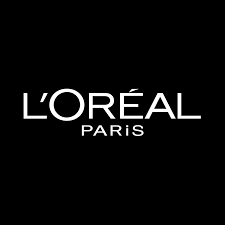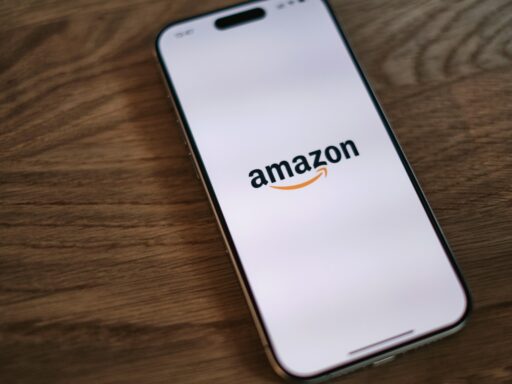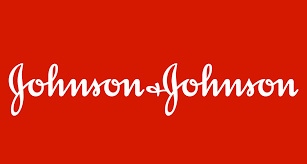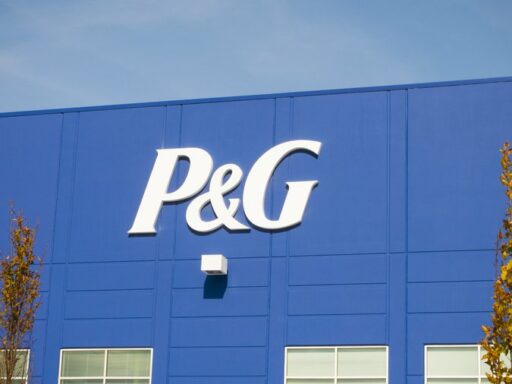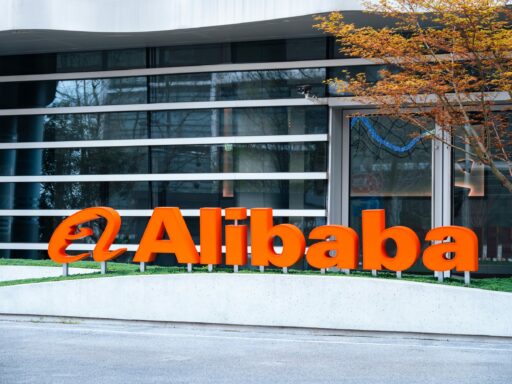L’Oréal, the world’s largest cosmetics and beauty company, has become a leading voice in sustainability within the personal care industry. With over a century of global presence, L’Oréal operates in more than 150 countries and owns a portfolio of iconic brands including Garnier, L’Oréal Paris, Lancôme, Kiehl’s, and Maybelline. Recognizing the environmental and social impacts of its global operations, L’Oréal has made sustainability a central component of its business strategy.
Since launching its L’Oréal for the Future program in 2020, the company has advanced a comprehensive approach to sustainability focused on climate action, water stewardship, biodiversity, eco-packaging, and social inclusion. With ambitious science-based targets and a clear timeline toward carbon neutrality and resource circularity, L’Oréal aims not only to reduce its environmental footprint but also to inspire broader systemic change in the beauty industry.
- L’Oréal has committed to achieving net-zero greenhouse gas emissions across all scopes by 2050, with a 50% absolute reduction in Scope 1, 2, and 3 emissions by 2030 (from a 2016 baseline).
- As of 2023, 79% of L’Oréal’s sites are carbon neutral, using 100% renewable electricity.
- L’Oréal invests €100 million in environmental impact funds, targeting biodiversity restoration and circular economy solutions.
Source: https://www.loreal.com/en/commitments-and-responsibilities/for-the-planet/
Sustainability Strategy and Goals
L’Oréal’s sustainability strategy is built around a science-based and regenerative approach that extends across its entire value chain. Under the L’Oréal for the Future framework, the company has defined measurable environmental and social objectives aligned with the Science Based Targets initiative (SBTi) and the United Nations Sustainable Development Goals (SDGs).
The company’s core environmental goals include:
- Reducing greenhouse gas emissions in all operations and across its supply chain.
- Adopting 100% renewable energy in all production and distribution centers.
- Implementing water recycling systems at production sites.
- Designing products with improved biodegradability and lower water impact.
L’Oréal is also advancing responsible sourcing, particularly in palm oil and mica, and working to ensure traceability and ethical supply practices. On the social front, it promotes inclusive employment, gender equity, and access to essential services for vulnerable communities through its Solidarity Sourcing program.
- L’Oréal targets 100% carbon neutrality at all sites by 2025, including offices, factories, and warehouses.
- By 2030, the company aims to reduce emissions by 50% per finished product, including upstream and downstream impacts.
- 100% of key raw materials will be sustainably sourced and traceable by 2030.
Source: https://www.loreal.com/en/commitments-and-responsibilities/for-the-planet/
Key Sustainability Innovations and Technologies
Innovation is at the heart of L’Oréal’s sustainability strategy. The company’s Sustainable Product Optimization Tool (SPOT) evaluates every product’s environmental and social footprint during development, ensuring improvements in packaging, formulation, and sourcing. This tool guides all product teams in making sustainability a design criterion, not an afterthought.
In packaging, L’Oréal is transitioning to recyclable, compostable, or reusable materials across all brands. Garnier, for example, introduced a shampoo bar with zero plastic packaging, while Lancôme and L’Oréal Paris have introduced refillable skincare jars and paper-based tubes using bio-sourced materials. L’Oréal is also investing in biotech-based ingredients to reduce reliance on petrochemicals and high-footprint agriculture.
To improve environmental performance at its production sites, L’Oréal employs closed-loop water systems, biomass boilers, and AI-driven energy management. These systems reduce emissions, water use, and energy waste while increasing traceability.
- By 2022, 97% of L’Oréal’s new products had an improved social or environmental profile.
- Garnier’s shampoo bars save over 80% water compared to liquid shampoos.
- The company uses SPOT across 100% of new product development, assessing over 40+ environmental metrics per product.
Source: https://www.loreal.com/en/articles/science-and-technology/sustainable-packaging-at-loreal/
Measurable Impacts
L’Oréal has made significant progress in decarbonization, water stewardship, and sustainable packaging. From 2005 to 2022, the company reduced carbon emissions from production by 91%, while increasing output by 45%, demonstrating clear decoupling of growth and emissions. In 2022 alone, 79% of sites achieved carbon neutrality, with ongoing transitions in Latin America and Asia-Pacific.
The company has also improved waste management, recycling or reusing 98% of industrial waste in 2022. L’Oréal has eliminated plastic cellophane and polystyrene from many product lines and continues to invest in circular economy partnerships, such as with Loop Industries for chemically recycled PET.
In 2023, over 94% of new products had formulas with improved biodegradability, and over 85% of packaging was either recyclable or made from recycled materials.
- 91% reduction in CO₂ emissions from factories since 2005, despite increased production.
- 98% of industrial waste is reused or recycled.
- Over 85% of plastic packaging is recyclable, compostable, or reusable.
Source: https://www.loreal.com/en/articles/commitments/sustainability-performance-2022/
Challenges and Areas for Improvement
While L’Oréal’s sustainability performance is industry-leading, challenges remain. Managing Scope 3 emissions, especially downstream emissions from product use (e.g., hot water for rinsing shampoos), is complex and depends heavily on consumer behavior. The company is responding with low-water formulas and consumer education, but behavioral shifts take time.
Another challenge is the end-of-life of beauty packaging, which is often small, multi-material, or used in regions with limited recycling infrastructure. L’Oréal is working with local governments, NGOs, and retailers to improve post-consumer collection and recycling systems.
There is also pressure on L’Oréal to further scale refillable and reusable packaging models, especially for mass-market brands. Despite pilot programs, refill formats are still a small fraction of total sales and require consumer buy-in and retail infrastructure changes.
- Scope 3 emissions account for over 75% of L’Oréal’s total emissions footprint.
- Refill and reuse systems represent under 5% of total packaging units.
- Post-consumer recycling of small-format packaging remains low due to infrastructure gaps.
Source: https://www.loreal.com/en/articles/commitments/loreal-for-the-future/
Future Plans and Long-Term Goals
L’Oréal’s roadmap through 2030 and beyond is focused on holistic environmental performance, social impact, and responsible innovation. The company plans to achieve net-zero emissions by 2050 and is investing in nature-based solutions, supplier decarbonization, and product design transformation.
To reach its targets, L’Oréal is:
- Expanding refillable and solid formats across all categories.
- Scaling biotechnology-derived ingredients to replace high-impact raw materials.
- Investing in local water-loop factories to eliminate external water withdrawal.
L’Oréal also aims to train 100% of its employees in sustainability and integrate ESG performance into executive compensation across all business units. New partnerships with research institutions and NGOs will help L’Oréal advance biodiversity metrics and responsible land-use policies.
- Net-zero (Scope 1, 2, and 3) by 2050, aligned with SBTi Net-Zero Standard.
- 100% of plastic used in packaging will be recycled or bio-sourced by 2030.
- 100% of strategic suppliers will have science-based climate targets by 2030.
Source: https://www.loreal.com/en/commitments-and-responsibilities/for-the-planet/
Comparisons to Industry Competitors
L’Oréal is often seen as an industry leader in beauty sustainability, outperforming most competitors in transparency, target-setting, and innovation. That said, other major companies are also accelerating progress:
Unilever (Dove, TRESemmé): Committed to net-zero by 2039, with 100% recyclable packaging by 2025 and strong palm oil traceability programs.
Source: https://www.unilever.com/planet-and-society/
Estée Lauder: Targets net-zero Scope 1 and 2 by 2030 and 100% renewable electricity across operations. Focuses on sustainable luxury packaging.
Source: https://www.elcompanies.com/en/impact
P&G Beauty (Pantene, Olay): Aims for carbon neutrality in operations by 2030, expanding refillable and recyclable formats.
Source: https://us.pg.com/environmental-sustainability/
- Unilever will eliminate virgin plastic in packaging by 2030.
- Estée Lauder uses renewable electricity in over 90% of its manufacturing sites.
- P&G Beauty aims to cut product lifecycle emissions by 50% by 2030.
Our Thoughts
L’Oréal’s comprehensive and science-driven approach to sustainability makes it a standout in the beauty industry. Its long-term commitments to carbon neutrality, plastic reduction, water stewardship, and social impact are reinforced by transparent reporting and clear performance metrics.
The company’s strength lies in embedding sustainability into innovation—from packaging and product design to supplier partnerships and consumer engagement. While areas like Scope 3 emissions and end-of-life waste still pose challenges, L’Oréal is actively addressing these through circularity programs and climate education.
As the company moves toward its 2030 and 2050 targets, its leadership offers a blueprint for sustainability in consumer goods—where performance, responsibility, and innovation intersect.
Source: https://www.loreal.com/en/commitments-and-responsibilities/for-the-planet/

